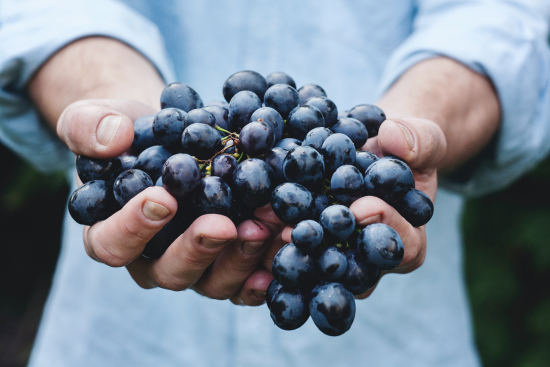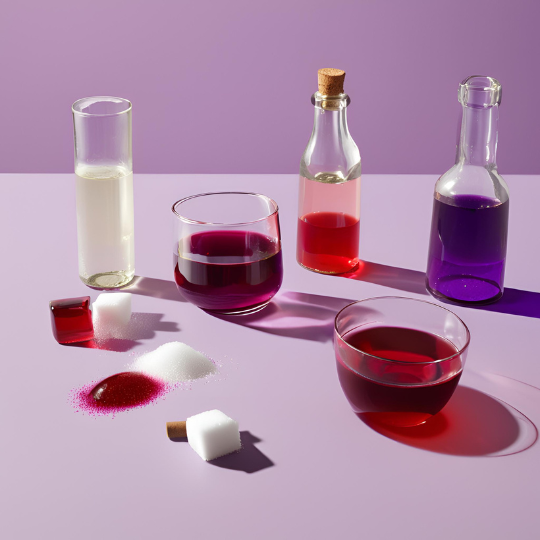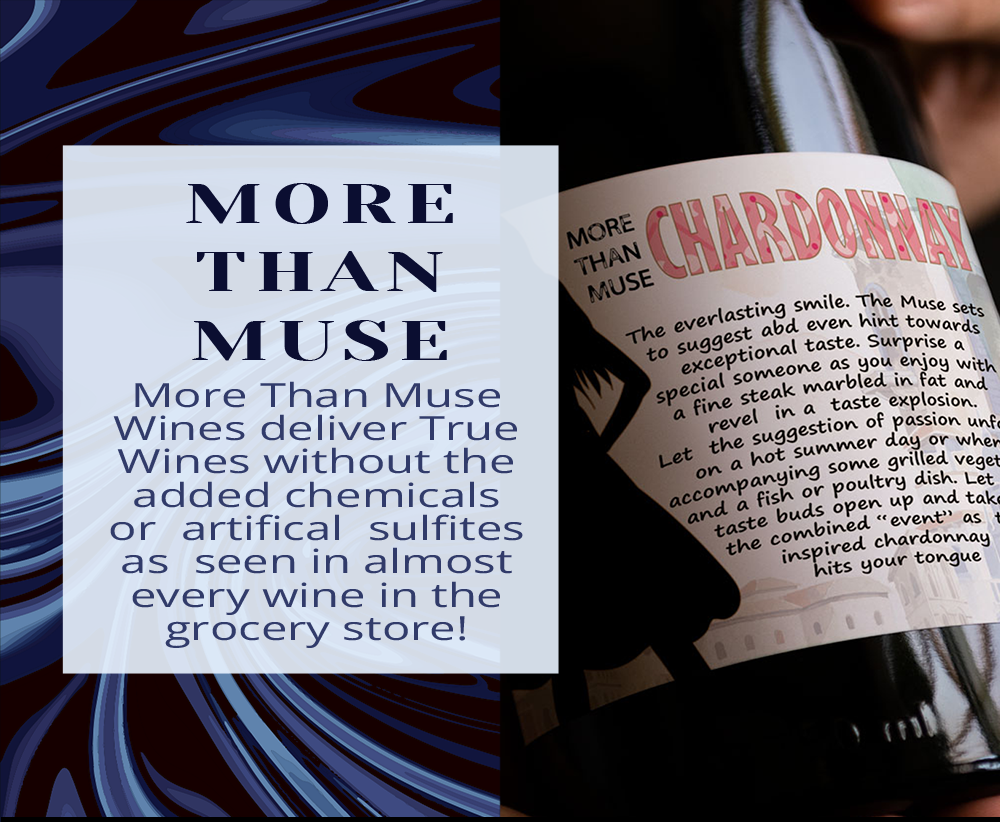Do you want to really hear the Truth About Wine Additives and Preservatives? Ok, then buckle in my friend because here it comes. Wine has long held its reputation as a “pure” drink, believed by many to be just fermented grapes and time. But in modern winemaking, the journey from vine to bottle isn’t so simple. Today, most wines contain a surprising mix of additives and preservatives that help maintain flavor, consistency, and shelf life. These additives are not necessarily harmful but can affect taste, quality, and even health for some.
I will also introduce you to one specific wine club that offers a Free Membership to Exlusive Napa and Sonoma Wines that are truly fine wines. So, let’s dive into what’s in your glass and see why these ingredients are used, which are common, and which wines stay closer to their natural roots.
Why Additives Are Used in Wine
Wine is often stored, transported, and enjoyed in different climates and conditions. To keep up with these demands, producers rely on additives to stabilize their products. Hence, giving it a reliable flavor and longer shelf life. Here’s a breakdown of why additives are used:
- Preservation: Sulfites are the main player here, as they fend off spoilage and oxidation. Thereby, keeping wine fresh and drinkable.
- Flavor Adjustment: Sometimes, a batch doesn’t come out quite right. Sweeteners or acidifiers help balance flavors, particularly in wines that need a boost.
- Consistency: Winemakers that want each bottle of a particular wine to taste the same, especially if it’s a favorite. Additives can make flavor and quality more predictable from year to year.
Common Additives Found in Wine
The wine industry uses a variety of additives for different purposes. Here’s a look at the most common ones you might find in your glass:
- Sulfites: Widely used, sulfites prevent spoilage and oxidation. Some people are sensitive to sulfites, though reactions are usually mild, like headaches or mild congestion. Read more at Sulfites in Wine: Friend or Foe?
- Sugar and Sweeteners: Sometimes added to balance a wine’s acidity or to mask less favorable flavors in budget wines. Sugar also slightly raises alcohol content by feeding the yeast during fermentation.
- Colorants and Flavor Enhancers: Inexpensive wines often include color additives to make them appear more vibrant and rich. Tannins are also added sometimes to create a fuller-bodied flavor.
- DMDC (Dimethyl Dicarbonate): A sterilizing agent, DMDC kills bacteria and yeasts in wine. This keeps wine shelf-stable, but it’s a more recent addition and one that not everyone knows about.
Controversy Around Wine Additives
The rise of additives in wine has sparked controversy, especially among fans of “natural” or organic wines. Some enthusiasts argue that wine additives dilute the authenticity and natural essence of wine. Therefore, diminishing its heritage and terroir (the unique character imparted by a vineyard’s geography and climate). On the health side, some additives can pose a problem for sensitive individuals, leading to mild headaches, allergic reactions, or congestion. While these reactions are rare, they’re enough to keep the debate alive.
Advocates for natural wines say that mass-produced additives take away the traditional artistry of winemaking. Instead of allowing each batch to reflect the unique climate, soil, and weather of a particular year, additives make everything uniform. In their view, this “industrialized” approach takes away from wine’s authentic, unpredictable character.
Transparency and Labeling in the Wine Industry
The wine industry in the U.S. and elsewhere has limited labeling requirements. While food items require full disclosure, wine often only lists sulfites and occasionally sugar content. Organic and biodynamic wines, however, are more regulated and must meet stricter guidelines, often limiting or excluding synthetic additives altogether. This is a big appeal for consumers who prefer a closer-to-nature experience or have concerns about what’s hiding in their glass.
Lack of labeling transparency means that, unless you’re buying from a small, natural winemaker, it’s tough to know what’s in your bottle. Europe has stricter requirements for wine additives than the U.S.! However, even there, not everything has to go on the label. That’s why understanding a winemaker’s practices can help you make more informed choices if you prefer your wine with fewer “extras.”
Explore Further: In-Depth Articles
- Sulfites in Wine: Friend or Foe? An in-depth look at how sulfites keep wine fresh and the debate around their health impact.
- Hidden Sugars in Wine: Not all wines are sugar-free. Learn how hidden sweeteners affect taste and quality.
- Color & Flavor Additives in Wine: Discover why some wines look and taste better than others.
- Health Risks of Wine Additives: Get familiar with the potential health risks that come with common wine additives.
- Transparency in Wine Labeling: A guide to understanding wine labels and what’s missing on your bottle’s ingredient list.
With a little insight into the additives and preservatives that go into wine, you can enjoy a better-informed glass and even support winemakers who choose a more natural route.
Ready to Pour Your Next Glass with Confidence?
Now that you know the Truth About Wine Additives and Preservatives, you’re set to make smarter, tastier, and healthier choices. Having the right information makes all the difference in discovering true Wine Magic.
For more tips and insights, check out a few other pages:
- Magic of Wine – Uncover wine’s incredible versatility, from pairing tips to relaxation benefits.
- Explore Fine Wines Delivered to Your Door – Dive into an exquisite collection of high-quality wines that elevate any occasion.
- Exclusive Napa Sonoma Wines – Get insider access to truly exceptional wines from legendary Napa and Sonoma vineyards.
Want to stay in the loop? Join our FREE email list at Tami’s Terrific Treasures to get insider tips, exclusive finds, and first dibs on treasures you won’t want to miss.
Have questions about our wine or any of our other offers? I’d love to help! Just click here to reach out anytime.




